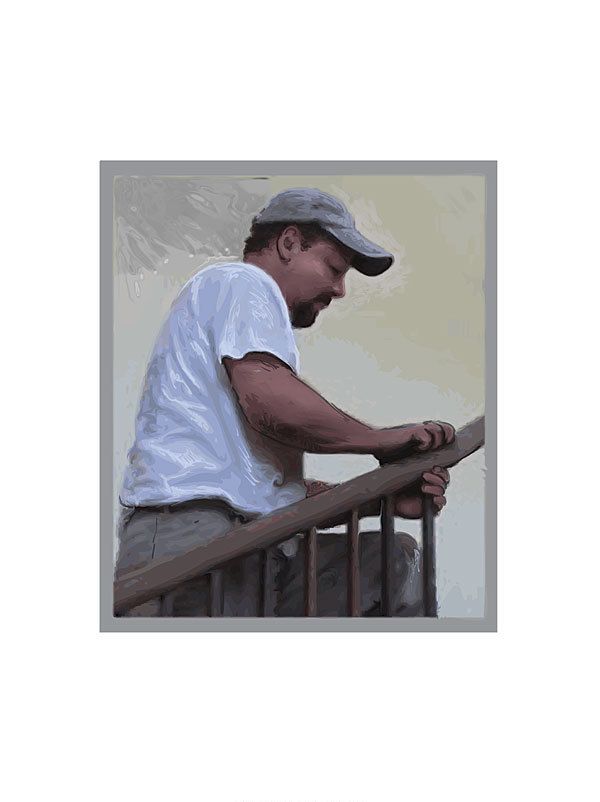Interview: Greg Law, Restoration Specialist
Bringing historic houses back to their prime is just one challenge for this National Park Service preservationist.

How did you become an architectural preservation specialist?
At 19, I got a job at an architectural millwork firm working under craftsmen from Europe, Asia, and South America. Being exposed to different techniques and philosophies was the perfect training to enter the world of historic preservation. At 21, I got a job through my brother with the Building Conservation branch of the Park Service. I worked my way up and in 2010 became a senior exhibit specialist.
You worked extensively on the restoration of Hamilton Grange, the New York home of Alexander Hamilton. What were your biggest challenges on that job?
The house was moved twice, first in 1889 and then in 2008. The difficult part of the project was the lack of documentation about what happened before and during the house’s first move. I was part of a team that included historical architects, historians, curatorial professionals, and tradesmen of all kinds. We did an intense forensic study of the physical evidence along the way.
One big challenge was restoring the stairs to their original configuration. An important discovery we made was finding an original piece of the landing used to scab together two stair-stringer sections when they were reconfigured in 1889. We were able to determine the width of the original landing and the exact placement of a wall that had been removed. Dovetail notches in a radius in the middle of the landing confirmed the diameter of the stairwell, giving us the mathematical information we needed to return the stairs to their original configuration. It also helped us figure out the twists and rise of the handrail.
Another challenge was a set of mirrored doors in the octagonal dining room. The mirrors were attached to the backs of three doubled raised-panel doors leading into the room that matched a set of triple-hung windows across the room. Because the mirrors were long gone, we had to fashion new ones from scratch. We got our dimensions from the original door headers that had been plastered over when the doors were shortened, the triple-hung window dimensions, and the ghost marks left on the back of the raised-panel doors from rails of the attached mirrored doors.
What’s the biggest challenge in preservation work in a general sense?
Letting go of what you know about modern modern building practices, building codes, and techniques. You have to put yourself in the shoes of the original craftsmen and think of what tools, technology, and natural resources they had at their disposal.
We have the advantage of knowing how techniques and materials have lasted over the centuries, although the amount of information that restoration professionals have to know to emulate their predecessors’ work is enormous. We also have access to experts and documentation.
How do you adapt when a material used in the 19th century is no longer available?
It’s amazing how many materials that were common in the 19th century are still manufactured. We often use period nails from a manufacturer in southern Massachusetts that uses machinery from the 1800s. The mirrored-glass panels for the doors at Hamilton Grange were made from true rippled restoration glass with silver backing made by hand—no different than what you would have gotten from a glass blower in 1800. We also often use reclaimed lumber in our projects.
How do you handle making a building ADA compliant and historically accurate at the same time?
ADA compliance is our goal, and we make every effort to attain that goal so that every visitor has the opportunity to share in the history we are preserving—up to the point where we would have to destroy the historical fabric to gain the needed access to be compliant. ADA compliance is a real balancing act.
Who are the better craftspeople: today’s carpenters or their forebears?
It’s apples and oranges. Modern craftsmen have technology and tools that their forebears could not have imagined, availability to resources, and the luxury of being able to backward-engineer what their forebears achieved. Our ancestors had the advantage of being mentored by master craftspeople from an early age. They also gained knowledge and skill from being close to nature and having a more intimate knowledge of resources. The common denominators are natural talent and a desire to pursue their craft to the brink of perfection.
Drawing: Jacqueline Rogers

























